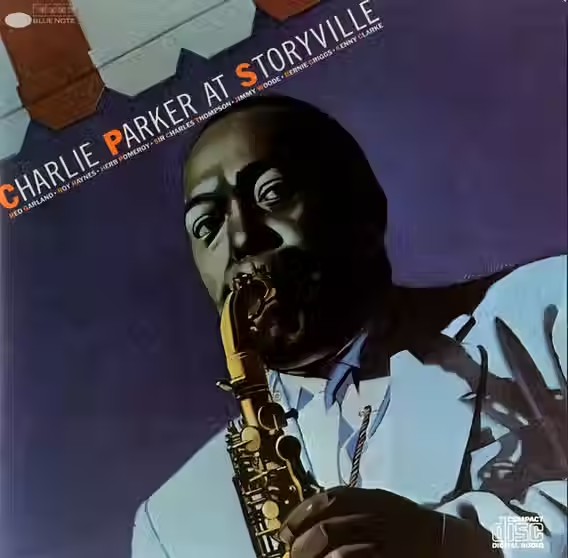Unsold Nosferatu op-ed
- Colin Fleming

- Oct 31, 2022
- 3 min read
Monday 10/31/22
Put aside your fear of silent movies this Halloween with F.W. Murnau’s Nosferatu.
One of the best pieces of advice I’ve ever heard was given by a young mother outside of the Museum of Fine Arts here in Boston. Her six or seven-year-old child was dragging his feet, clearly not wishing to add on to their day in the big city, when the mom said, “Don’t ever miss out on something because you weren’t willing to walk a little further.”
I think about that line—and the value of traveling just a tiny bit further—when I consider a masterwork of silent cinema, in F.W. Murnau’s Nosferatu, and how loath people are to experience something that is the dreaded…different. All of which means, I think you should do yourself a spooky favor this Halloween, and let Nosferatu sink its fangs into you on what is its 100th birthday because this is one deathless, baddie of a film—in a good way—and we’re lucky to have it at all.
Learning that German director F.W. Murnau had filmed an adaptation of her late husband’s 1897 novel, Dracula, sans permission, Bram Stoker’s widow Florence Balcombe sought to destroy every print, a terror of celluloid extirpation. One can’t fault her loyalty, but had she been successful, the world would lack the scariest silent film ever made.
A consensus is that a silent film must be boring, some technological relic. But here’s a tip: Don’t sleep on Nosferatu. First starters, once you see it, you won’t sleep that night. But there’s also fun to be had in becoming entranced by a cinematic nightmare as palpable as death.
Certain works of art stand apart. We must reach beyond their ostensible medium for points of reference, as if that medium cannot contain them. Such is Nosferatu.
Murnau took liberties with the Stoker novel. His Dracula—who goes by the name of Count Orlok—is played by Max Schreck, looking like some two-legged rodent with a skinned head. More than Bela Lugosi’s Dracula or Boris Karloff’s Frankenstein Monster, Orlok is the definitive image of screen horror. His visage makes inroads straight into the pits of our stomachs.
Nightmares themselves are soundless. So are our deepest personal terrors. We don’t overlook them on account of their lack of an audible voice. They speak in other ways.
The negative space of Murnau’s compositions torment our eyes as we watch, because the viewer is always on guard. A central image—the vampire on a ship, or entering the bedchamber of a victim—holds our attention, but one can never rest easy with the remainder of the frame.
Stoker’s novel was a hymn to male friendship. Nosferatu is a paean to the power of femininity. In the final scene, the vampire feeds upon a woman who has given herself to him—sexually, and mortally—so that his reign will end as the sun rises. Shocking then, it might be more shocking now.
A super hero movie is all about the eyes. Language borders on meaninglessness. Nosferatu may be the ultimate action film that way, because it’s impossible to look away. The movie has a mephitic odor of the crypt. It’s as much a visual poem as it is a series of moving images.
Let this silent monstrosity drain and chill some of your blood this year. You might not become a hardcore silent cinema enthusiast, but you’ll have traveled through the land of the undead and made it back out—just barely—which renders Nosferatu the ultimate in Halloween entertainment.




Comments